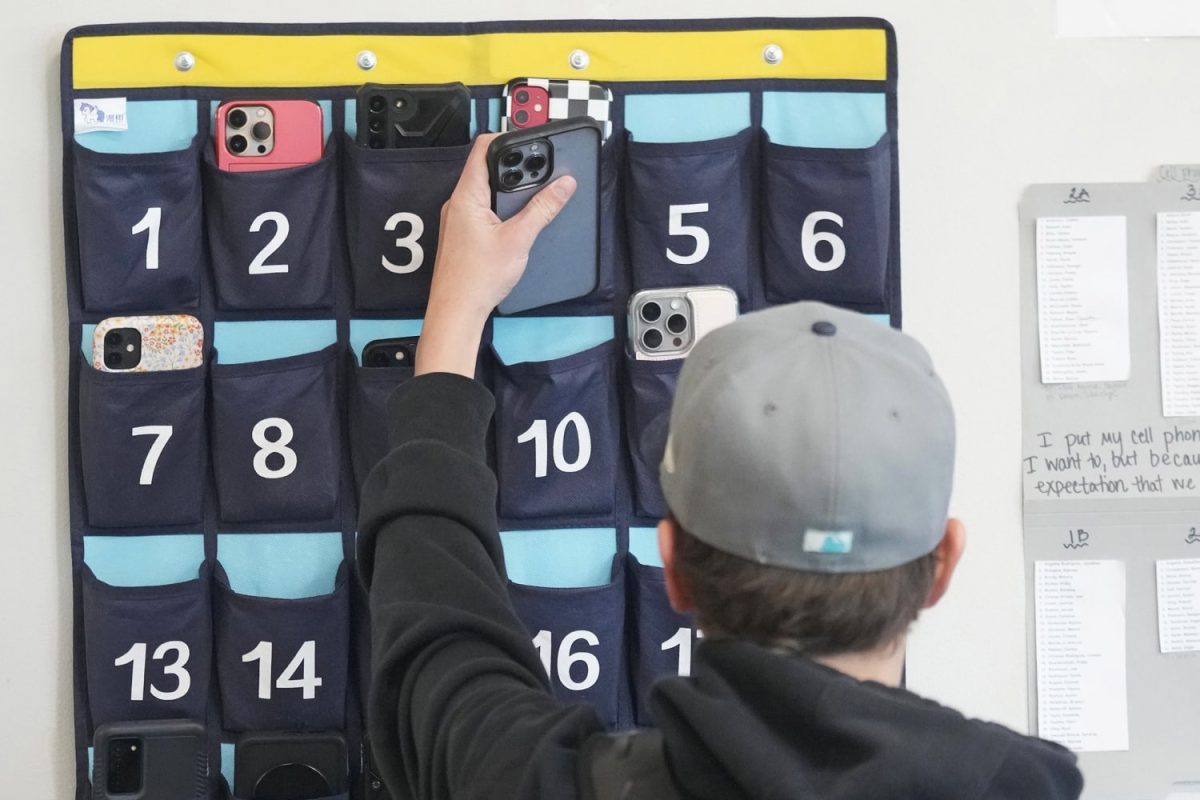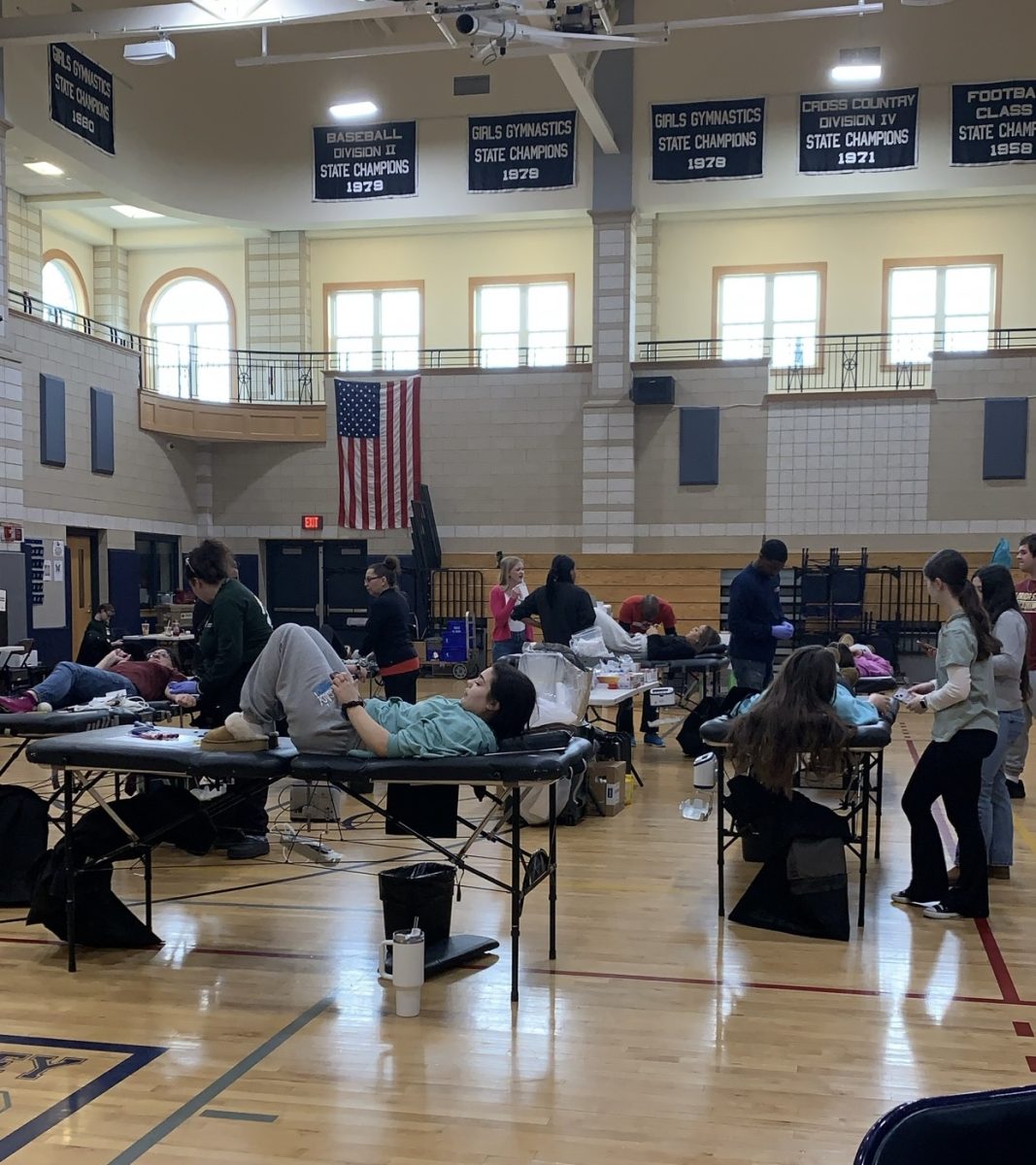Many schools across the country have adopted the Yondr pouch system to combat increased distraction due to the usage of phones and personal devices in classrooms. Yondr has worked within all 50 states and 35 countries implementing the system. The Yondr pouch is a small fabric pouch, which holds cell phones and is locked through magnets. These pouches are not see through and are unlocked with magnet keys. The Yondr pouch system works as follows: the phone is locked upon entering the building and is unlocked when exiting. The phones can be unlocked at the main office in case of emergency. Schools are spending significant portion of the entering and exit times unlocking and locking the devices. Lengthy lines of the student body are forming throughout the unlocking and locking periods. This system could lead to restructuring the bus and school schedules.
A method that has been used by other schools to combat students placing calculators or other devices that resemble their cell phone is to give staff the ability to stop students and ask to search their Yondr pouch. This could cause controversy and potential lawsuits in relation to students’ 4th Amendment right protecting against unlawful searches and seizures. Many teachers often don’t have the time to act as the phone police and stop students at random in order to check if their phone is in the pouch.
There have been numerous reports and instances across the country of students who have destroyed their Yondr pouches using various methods. These include cutting, ripping, burning, and the purchasing of magnetic keys online. There have been many internet tutorials teaching students how to break into the pouch undetected by damaging or unlocking the magnetic lock. The pouch is not transparent prompting students to place calculators, phone cases, or old cell phones inside the pouch. To combat this hall monitors, teachers, and administrators search students’ pouches and investigate their belongings if they suspect the phone is not in the pouch. (Which can lead to unlawful search suits under the 4th amendment)
The pouches range at about $30 per unit, which is a mass expense in order to insure students keep their phones locked for hundreds or thousands of students. If the pouch is lost or damaged, parents are responsible for replacing the pouch. For students who have medical accommodations there is a velcro-based pouch provided to them. This style of pouch is similar to the type issued to teachers.
The Study Act – State Attorney General AG Campbell introduced the “STUDY Act” for Massachusetts public schools. The bill plans to implement “bell-to-bell” restrictions of cell phones during school hours. The act would require all public schools to make formal policies restricting students’ accessibility to cell phones on school property during school hours and during school sponsored activities. There are exemptions in cases of personal health plans or individualized education programs. Their rationale comes from the PEW Research Center poll where 72% of high school teachers claimed that cell phones are a major distraction in their classes.
Attorney General Campbell said, “This bill is both commitment to education and mental health for our young people, ensuring they have the tools to succeed without unnecessary harm.”
The act also holds social media platforms accountable for minors and their usage with an age verification system along with other features. These features include: an age verification system which determines if users meet the age requirements, default settings for minor users which limit prolonged engagement. This includes disabling autoplay, continuous scrolling, and notifications during certain hours, along with regular warnings from platforms to the user on the negative impacts of social media.








